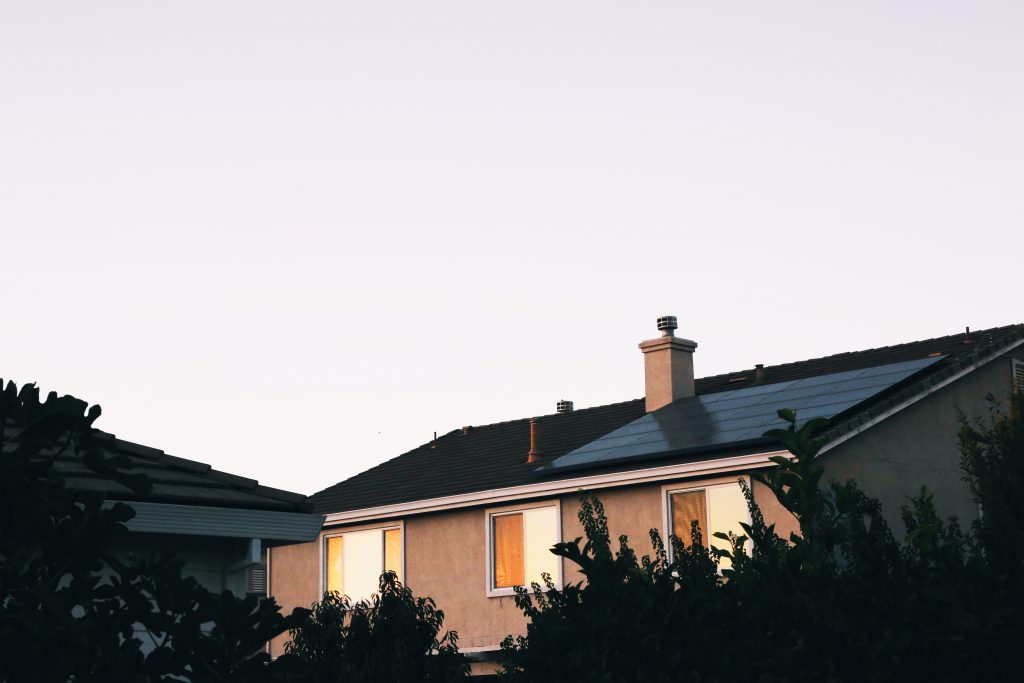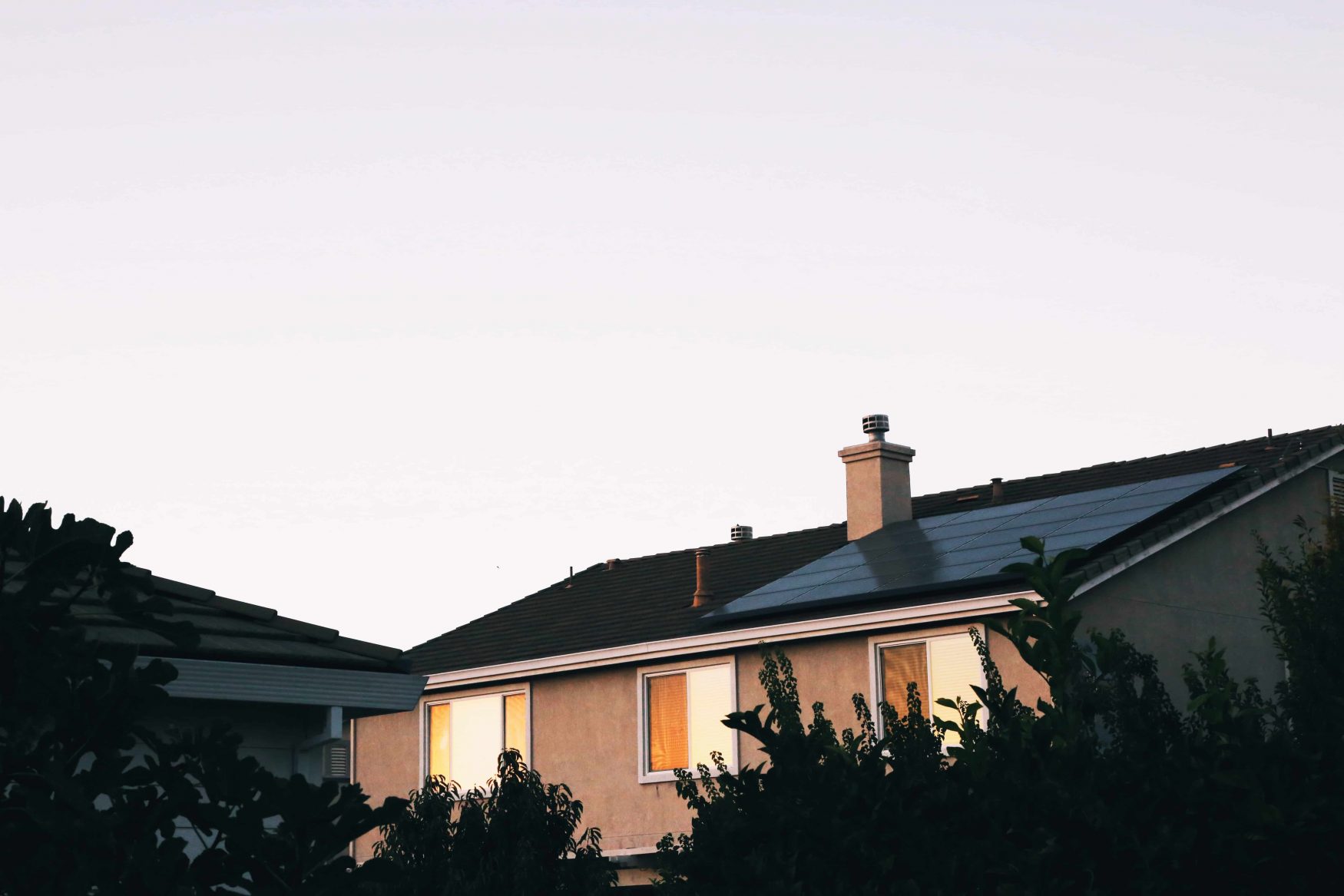Whether for financial reasons, environmental reasons or perhaps just to be independent from the grid, running your house on solar power alone is an attractive prospect for many Australians. And why wouldn’t it be? We have some of the richest solar resources in the world.
So can it be done? The short answer is yes, absolutely. However solar panels alone can’t power your house all the time.
Here’s what you’ll need to consider.
What you’ll need: Solar panels and a battery
Solar panels only generate electricity when the sun is shining on them, so they won’t produce any power at night. This means you’ll also need a battery to store the electricity they generate during the day to use later on when the sun goes down.
Size up your system: How much electricity do you use?
If you’re going to rely on solar power alone to run your house, you’ll need to ensure you have a big enough solar panel system to generate enough electricity to cover your needs.
Similarly, you’ll need a battery big enough to store enough electricity to get you through when the sun isn’t hitting your solar panels.
Work out how much electricity you use to figure out what size battery and how many solar panels you’ll need. Is your roof big enough to fit that many panels?
If this sounds tricky, don’t worry. That’s where your solar installer comes in. A good installer will work with you to design the perfect solar and battery system to meet your needs.
Grid connected vs off-grid: What’s right for you?
If your goal is to run your house on solar power alone, you can achieve this whether your home is connected to the electricity grid or not.
For some people, going completely off the grid might be an attractive prospect. You’ll be completely energy independent and won’t need a power company. If you’re connected to the grid, you’ll need to have a power company which means, even if you don’t use any electricity from them at all, you’ll still have to pay the daily supply charge.
However on the flip side, if you’re connected to the grid, you can send any excess solar power you don’t use back to the grid and get paid for it (this is known as a feed-in tariff). So even though you’re paying a daily supply charge, you might actually make a bit of extra money through your feed-in tariff. After all, your solar system will generate more electricity in summer when the days are longer. You might not need to use it all in your home.
Similarly, your system will generate less electricity in winter and on overcast days. If we have consecutive days of heavy cloud cover, being connected to the grid means you can be confident you’ll always have electricity – even if you run out of stored solar power in your battery.
Off-grid solar systems also tend to be very large and more complex than their grid-connected counterparts because there’s no back up power from the grid. This means they’re usually a lot more expensive than grid-connected solar systems.
Again, if you’re not sure what’s right for you, get an expert installer to talk you through your options and help you make the right decision for you and your home.
Get a free quote and expert advice
At Solar Flow, we walk all of our clients through a one-on-one energy consultation in order to design the best solar system for their circumstances.
Taking into account your electricity consumption, roof layout, goals and budget, our experienced specialists will guide you every step of the way, working with you to design the perfect solar system for your family.
Ready to get started? Get in touch with us today for a free, no obligation quote. Call us on 1300 93 14 24 or send us an email here.
